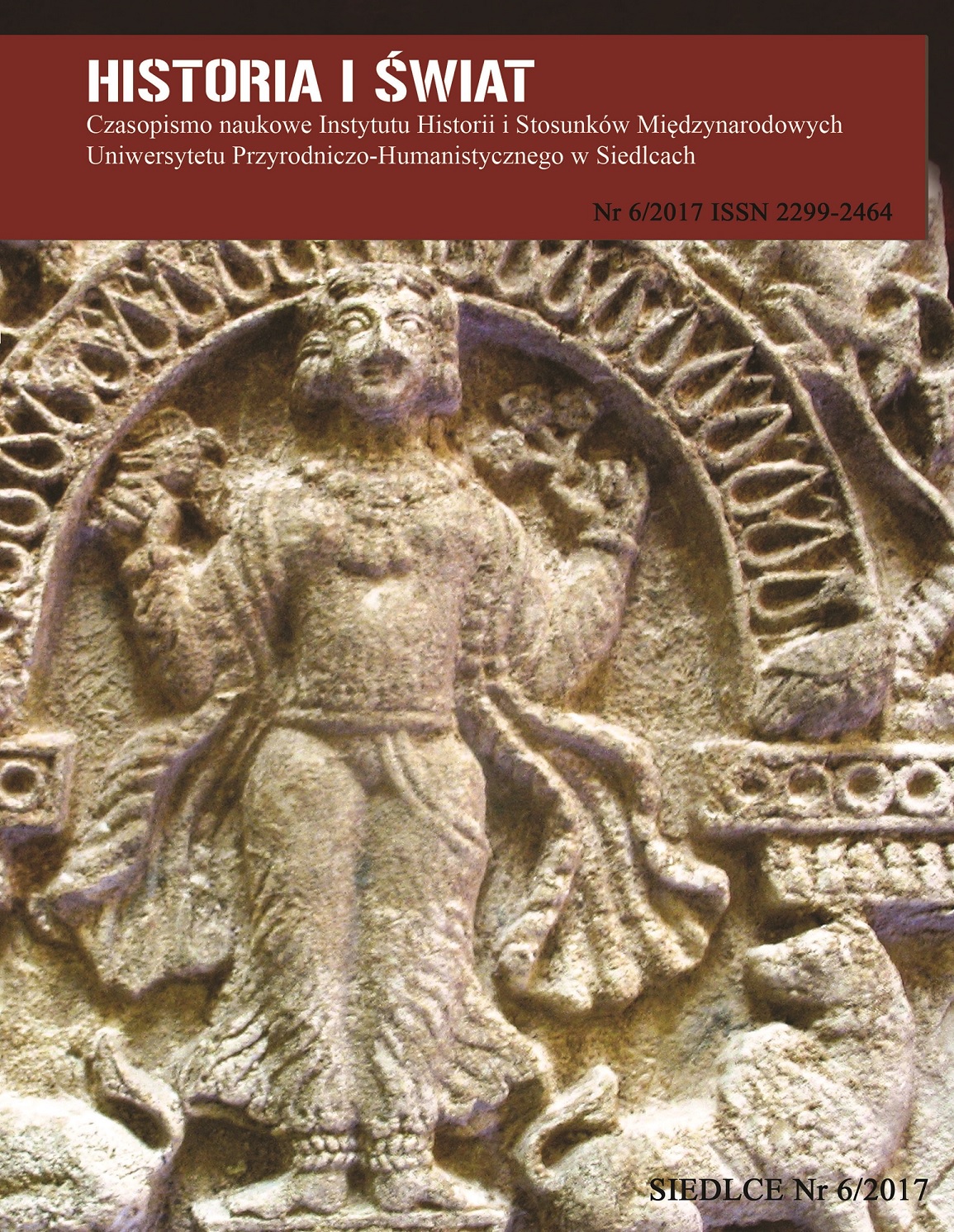The effect of water bodies and water courses on WWII warfare in the Black Sea area between 1941 and 1942
The effect of water bodies and water courses on WWII warfare in the Black Sea area between 1941 and 1942
Author(s): Damian SIEBIESZUKSubject(s): History, Military history, Political history
Published by: Instytut Historii UwS
Keywords: Black Sea; Barbarossa; military operations; bodies of water; water courses
Summary/Abstract: The subject of the analysis is German and Soviet military operations in the southern sector of the eastern front,with a particular emphasis on the role of rivers and the Black Sea, during these operations. The time frame of the paperincludes the beginning of Operation Barbarossa, in June 1941, until the capture of the Crimean peninsula bythe Wehrmacht, in July 1942. The article begins with an attempt of defining concepts relevant for further studyof the issues mentioned in the title. The role of the Black Sea and its watercourses is discussed and the fact that theyplayed a very important role as defensive lines of the Red Army. The German army showed its huge military potentialwhen crossing rivers. Military operations performed at the Black Sea became an integral element of the fights inthe southern sector of the eastern front. The means of warfare involved as well as human and material losses may indicatea ruthlessness of the fighting and importance of the Black Sea theatre of war. Efforts and dedication of the both warringsides in the area of the Black Sea made history.
Journal: Historia i Świat
- Issue Year: 2017
- Issue No: 6
- Page Range: 179-184
- Page Count: 6
- Language: English

